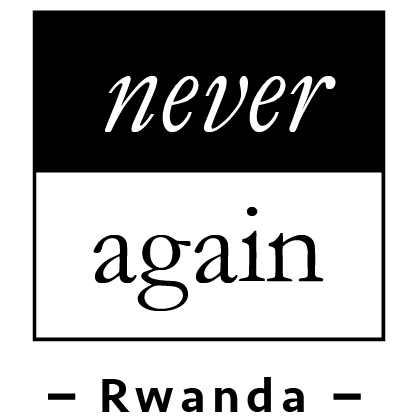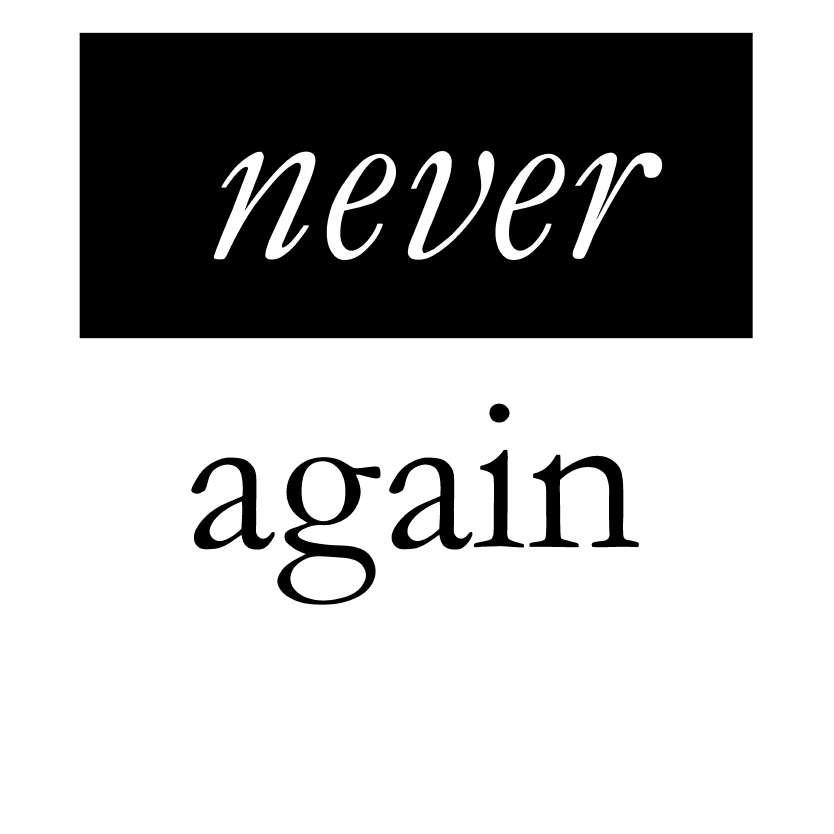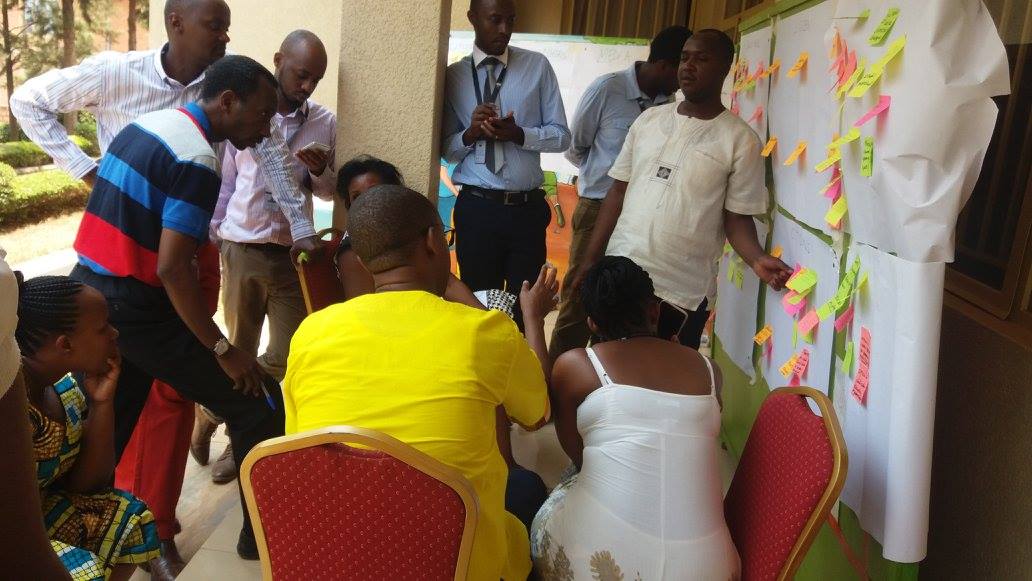Today, the benefits of participatory methods are not debatable as they outweigh the challenges. The involvement of programme stakeholders in all programme processes has resulted to abundant impact, ownership and sustainability of the results. The process of engagement of stakeholders in planning, monitoring and evaluation is as important as the outcomes. It aims to consider the stake of all people involved including management, professionals, non-professionals, beneficiaries, etc. With participatory approaches, These are the people who set the direction for change, plan their priorities, and decide whether the intervention has made progress and delivered relevant change. The participatory approaches create opportunities to build consensus, provide updates, feedback and learning.
While it is not clear that the use of participatory methods is key in all stages of intervention, however, the practices show that participatory approaches are used much more during the planning and implementation and less used in program monitoring, evaluation and learning. To build a strong foundation for program successes, it is essential to involve program management team, program staff, beneficiaries and other relevant stakeholders in monitoring, evaluation and learning.
Since 2014, Never Again Rwanda viewed this as very important for the success of its programs and much invested equally in participatory research, planning, implementation, monitoring, evaluation and learning. This culture originated from the use of outcome Mapping and theory of change use as planning, monitoring and evaluation tools. The Outcome mapping and theory of change use the participatory methods and their black box is ‘outcomes’. In addition to these approaches, the journey is as important as the destination—which means that the processes are important as the results. Also, no one can solely claim that the intervention was successfully implemented or produced outcomes and impact, rather it requires a consensus among all people involved, which means that carrying out participatory monitoring and evaluation is vital.
Since it is very hard to measure the changes in behaviour , actions and practices, relationships, interactions of our boundary partners ( beneficiaries) with the traditional Monitoring and evaluation approaches, the participatory methods for Monitoring , Evaluation and learning were adopted to balance between accountability and learning, as well as increase ownership. For example NAR uses the most significant change stories methods, where by beneficiaries themselves discuss and document their most significant changes. These change stories are then validated by programme team at all levels.
The traditional M&E approaches do not give opportunities to people involved in programme to reflect on progress and challenge for them to learn and improve rather, it is only focusing on demonstrating the results for accountability and transparency instead of learning. This undermines the sustainability of programme and ownership among stakeholders and it limits them to think deeply on adaptive and innovative measures to address any bottlenecks identified. The adopted participatory M&E approaches by Never Again Rwanda have been very positive in enhancing staff ownership on M&E tools, processes and results.
NAR sees the M&E as inherently built into the program cycle rather than events that take place after the program. Through regular weekly, monthly, quarterly, semi-annual and annual reflection workshops that engage management, staff, field staff including community based facilitators, the team was able to critically analyse the program progresses, challenges, lessons learnt, and good practices. In addition to that, the results from monitoring and evaluation have been shared and discussed during these reflections workshop and based on lessons learnt, new actions were proposed and jointly implemented. For example, findings and recommendations from baseline surveys, mid-term evaluation and other specific studies have been shared in these forums and as a result, the recommendations have been owned and jointly implemented by all departments involved.
For example the monitoring showed the challenges of using the psycho-social support group approach in youth peace dialogue, which was later replaced by psycho-education and expressive approaches (theatres, gaming, arts competitions, etc.). Similarly, the program team learnt from monitoring and implementation that the peace agents who were trained to facilitate healing processes among their fellow community members are equally wounded and couldn’t provide much support to their peers to deal with the complex wounds. As adaptive measures, the professional psychotherapists were recruited and allocated to different districts to support peace agents, mentor and coach them over the programme implementation. This learning experience has provided tangible results so far.
In addition to reflections workshops stated above, Never Again Rwanda uses peer to peer learning exercises to develop deeper understanding among all staff and interns about the programs design, progress, results, challenges and lessons learnt. The sessions provide opportunity to staff to learn from each other, increase synergy and avoid duplications. During these learning exercises, various participatory methods are employed such as Venn diagram, visualization, Success and challenges Mapping exercise, group work, etc. As a result of these learning sessions, staff became aware of what each department is involved in, successes, challenges being accounted by each department and propose solutions and new strategies jointly.
Also, it was observed that new initiatives were undertaken independently by some programme staff for success implementation of activities. The example is a regional youth forum organized in Rubavu which was jointly prepared by Great Lakes and peace building programme, where some beneficiaries under the peace building program were invited and participated in the regional youth forum under Great Lakes program.
Furthermore, the program organized learning sessions among beneficiaries to build synergy while sharing experiences. For this end, community exchanges, community dialogues, study visits and exchanges have been organized to build the culture of learning across the districts. As a result, new initiatives were developed by beneficiaries themselves. For example, members of Twisungane Space for peace made by young mothers in Gisagara, organized a study visit to Huye district where they visited Abasangirangendo, a group of youth that come from families of survivors and genocide perpetrators. The young mothers shared experiences and challenges of having early and unwanted pregnancies. The two groups took recommendations of approaching their peers either in groups or outside to sensitize them about the consequences for early and unwanted pregnancies. They were committed to think critically to avoid this to happen again since six young females in Abasangirangendo get pregnant involuntarily.
Although, the participatory methods are expensive and time consuming, the results are very positive. Never Again Rwanda looks forward to continue the use of participatory methods in research, planning, implementations and M&E to increase its impact and sustainability at local and national levels. The interactive participatory methods will continue to be our focus to allow all people involved in our programming (donors, staff, beneficiaries, etc.); to jointly analyse plan, implement, monitor and learn together to impact the communities we are serving.


